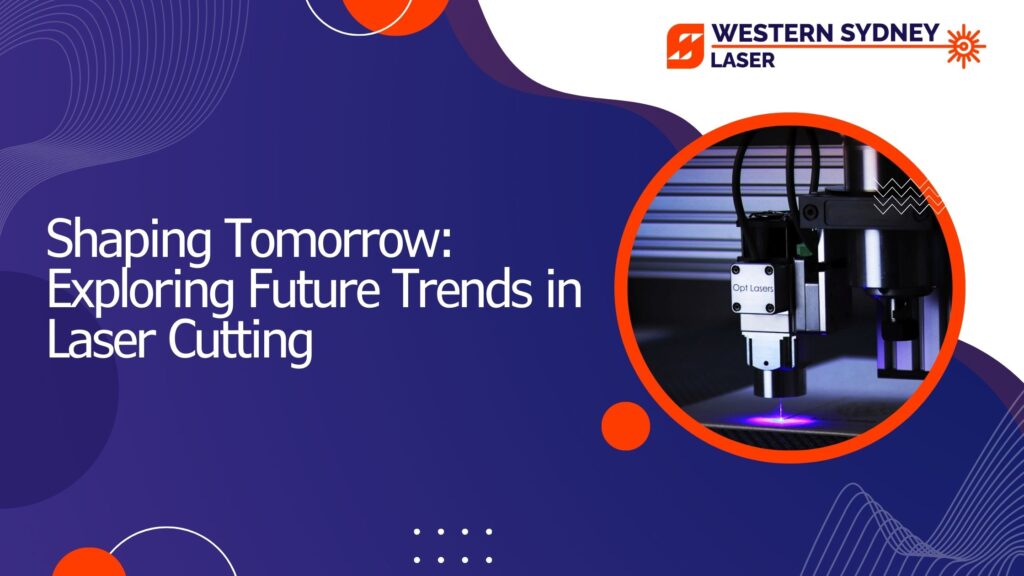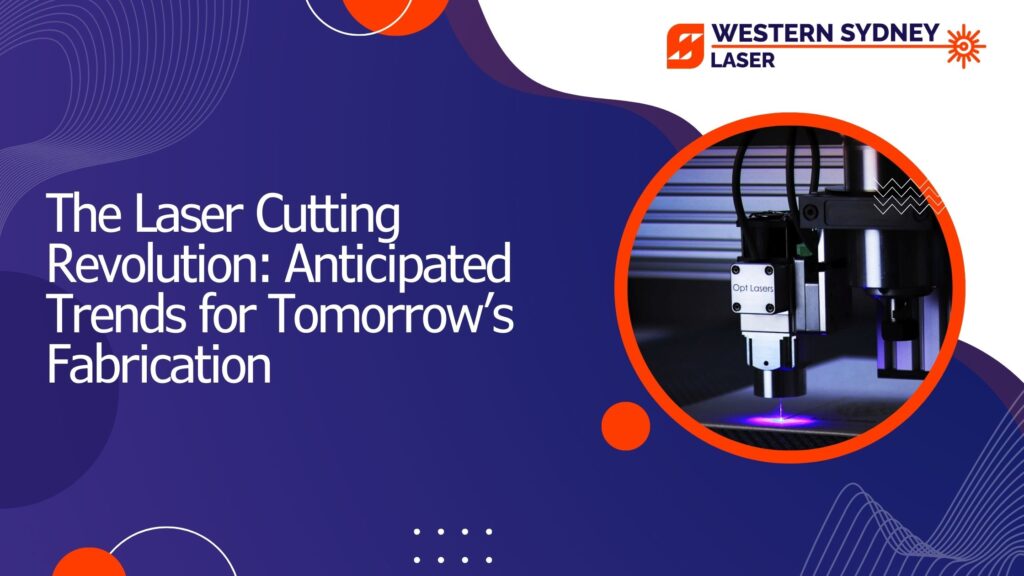An accurate and adaptable technique, laser cutting is utilized in many different sectors to create complex shapes and parts.
Material selection is one of the main variables affecting the process’s effectiveness and quality.
Choosing the appropriate material for your project is critical because different materials, including wood, textiles, metals, and plastics, respond differently to laser cutting.
Whether it is the flexibility of acrylic, the strength of stainless steel, or the organic beauty of wood, each material has a unique set of benefits.
Optimizing the laser-cutting process for optimal outcomes requires understanding the characteristics and uses of these materials.
What is Laser Cutting?
“Laser cutting” is the precise industrial process that shapes, cuts, or engraves materials like metal, plastic, wood, or fabric using a strong laser beam.
Clean, precise incisions are produced when the laser melts, burns, or evaporates the material.
It is widely used in a variety of industries, including industrial, automotive, aerospace, and even the arts, due to its accuracy and ability to create complex designs.
Since laser cutting is an extremely effective tool that can work with a variety of materials and offers flexibility for mass production and prototyping, it is necessary for modern production.
Top 5 Laser Cutting Materials
The following list of the best five materials for laser cutting is based on each material’s unique qualities:
1. Metal for Laser Cutting
Cutting metal using a laser cutter or engraver can be challenging.
For this, particular types of lasers are required.
But when it comes to engraving metal, laser engravers are incredibly effective.
A terrific material with a laser engraver is metal, which lets you create many personalized things and engraved gifts.
2. Leather for Laser Cutting
After some experience with various laser cutting and engraving materials, let’s try leather.
Although the material is pricey, the end products are stunning.
You can make keychains, wallets, purses, belts, and jewelry, particularly bracelets.
3. Wood for Laser Cutting
Wood is one of the materials used by laser cutters most frequently. Because of its warm and natural appearance, it can be used for various laser-cutting projects, including puzzles, signs, jewelry, ornaments, and more.
The laser’s power and speed can be utilized to cut the wood into different shapes and thicknesses.
4. Paper for Laser Cutting
Paper works great for laser cutting. While any little laser cutter works wonders on paper, there are better fits for larger industrial machinery.
Paper cuts quickly. Therefore, low power settings and rapid feed speeds are needed.
Lower feed rates may be necessary for heavier papers.
It is possible to make immaculate cuts with no apparent concerns.
5. Acrylic for Laser Cutting
Acrylic is a transparent plastic that has remarkable strength, stiffness, and purity of vision.
Remaining tensions in extruded sheets can lead to stress cracking, so cutting them needs special care.
Extruded acrylic’s cut edges may look nicer if they are cut more slowly.
When cutting acrylic with a laser, ventilation is necessary since the air could catch fire and cause injury.
Conclusion
Finally, companies wishing to work together with Western Sydney Laser Cut must comprehend the best laser cutting materials.
Materials with excellent finishes, precision, and versatility for various applications include acrylic, wood, stainless steel, and aluminium.
Wood adds a natural look to unique designs, while acrylic offers a polished edge perfect for signage.
Custom fabrication and industrial applications are ideal for stainless steel and aluminium because of their strength and durability.
By selecting the appropriate material, businesses can improve product quality, cost-effectiveness, and aesthetic appeal.
As the area’s best laser-cutting service provider, Western Sydney Laser Cut promises accuracy, dependability, and personalized solutions to satisfy each project’s particular requirements.



